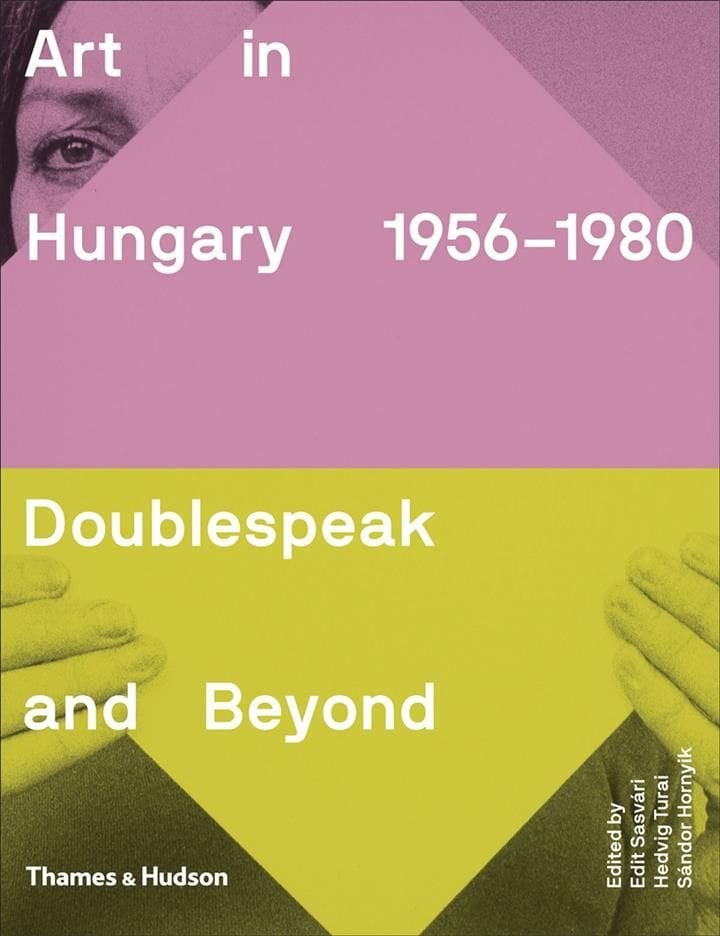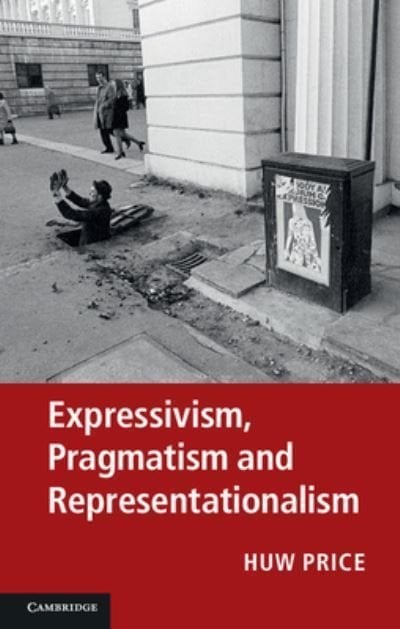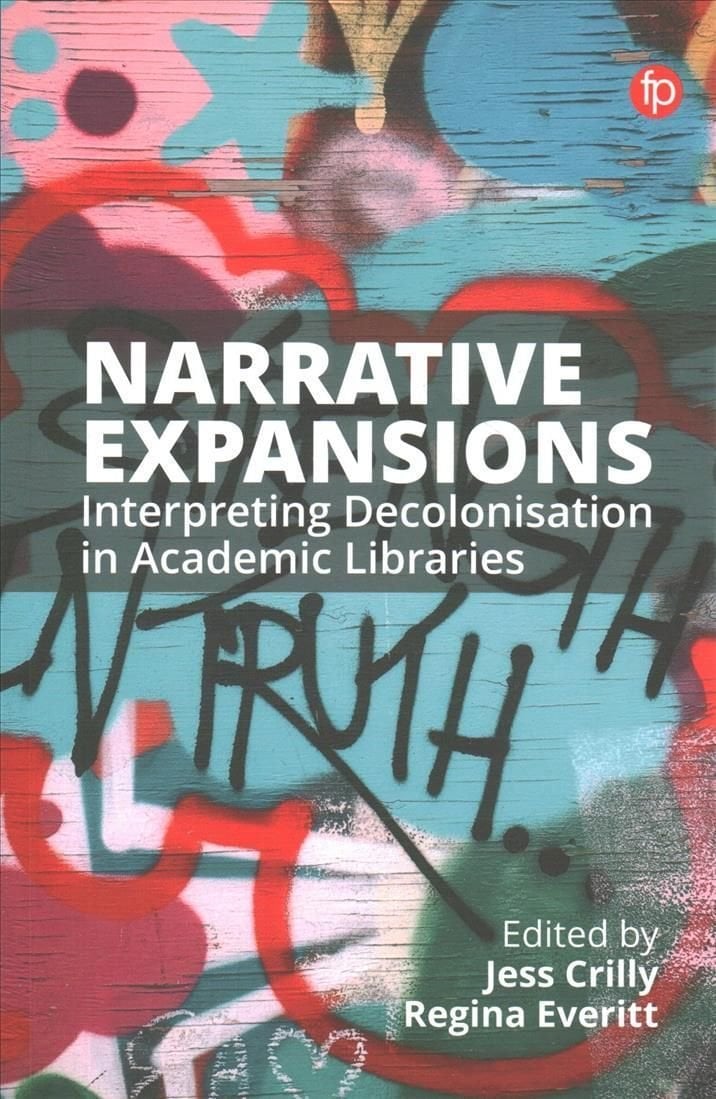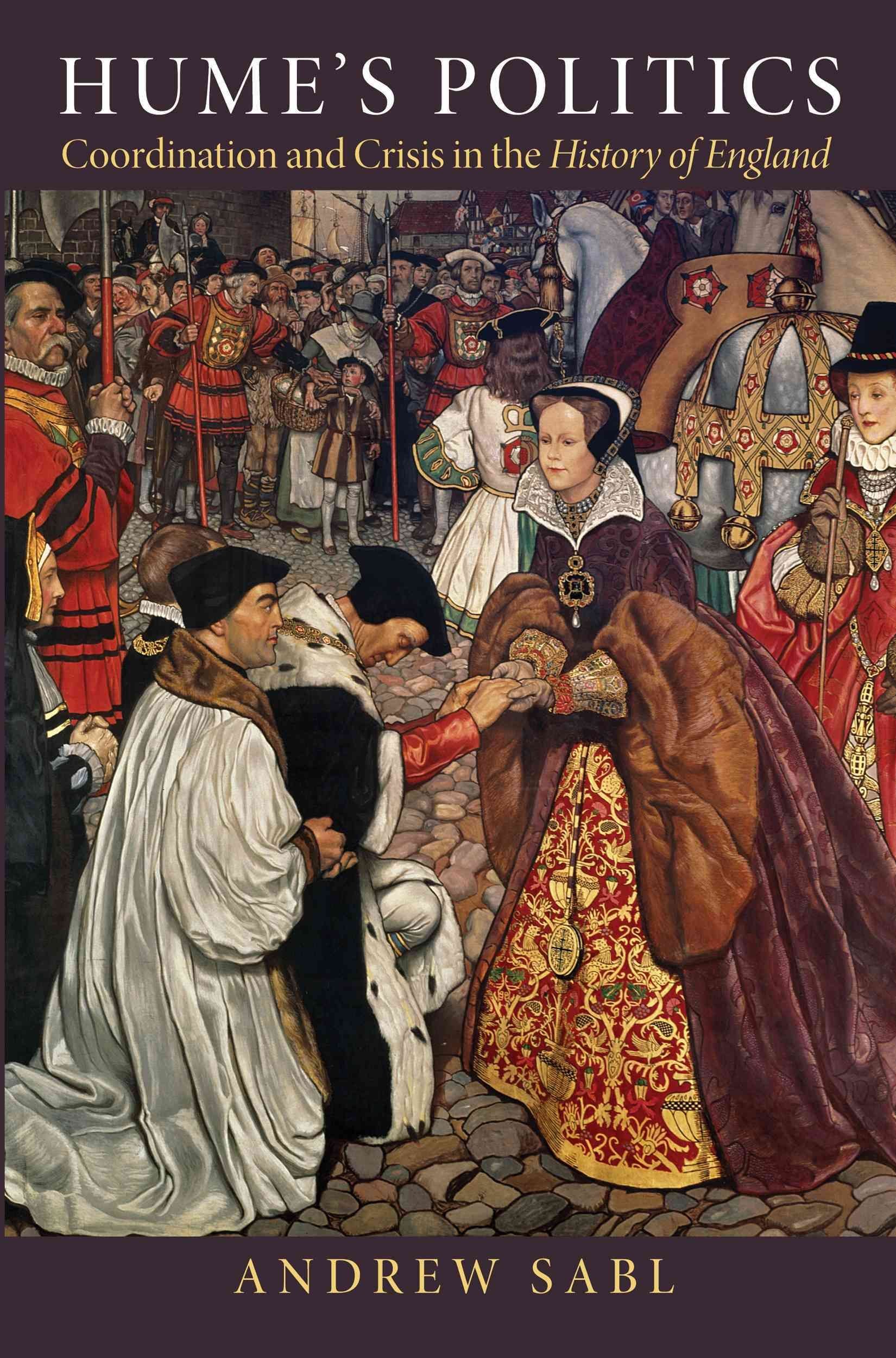Hungary is a fascinating example in the study of art and politics. Artists of the neo-avant-garde found themselves in an increasingly isolated position, caught between the ruling communist authorities, who condemned their art as a product of capitalist cultural imperialism, and a predominantly conservative public, which rejected it as a foreign creation alien to the spirit of national culture. Interestingly, the international significance of the art produced in Hungary from the Revolution through the late twentieth century has come to the fore in recent years, noticeably through acquisitions and displays by the world’s leading galleries.This in-depth volume, the product of a major international research effort, commits to understanding Hungarian contemporary art of the 1960s and 1970s? a time of oppressive communist rule in the aftermath of the failed revolution of 1956? in the context of the conditions in which it was created.












